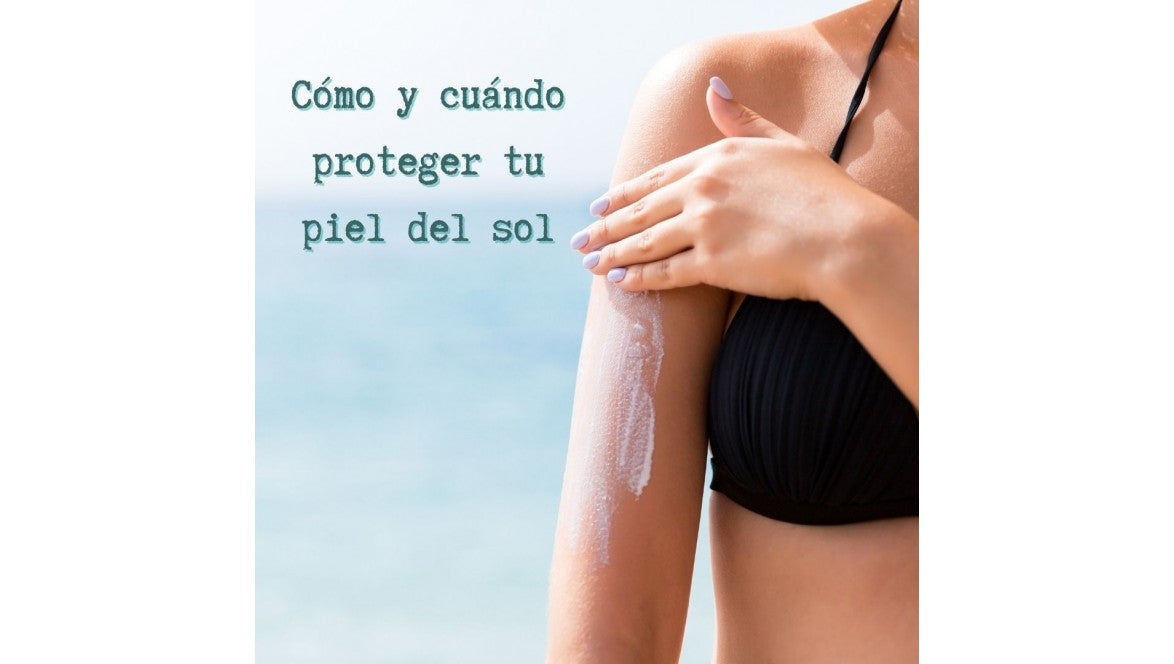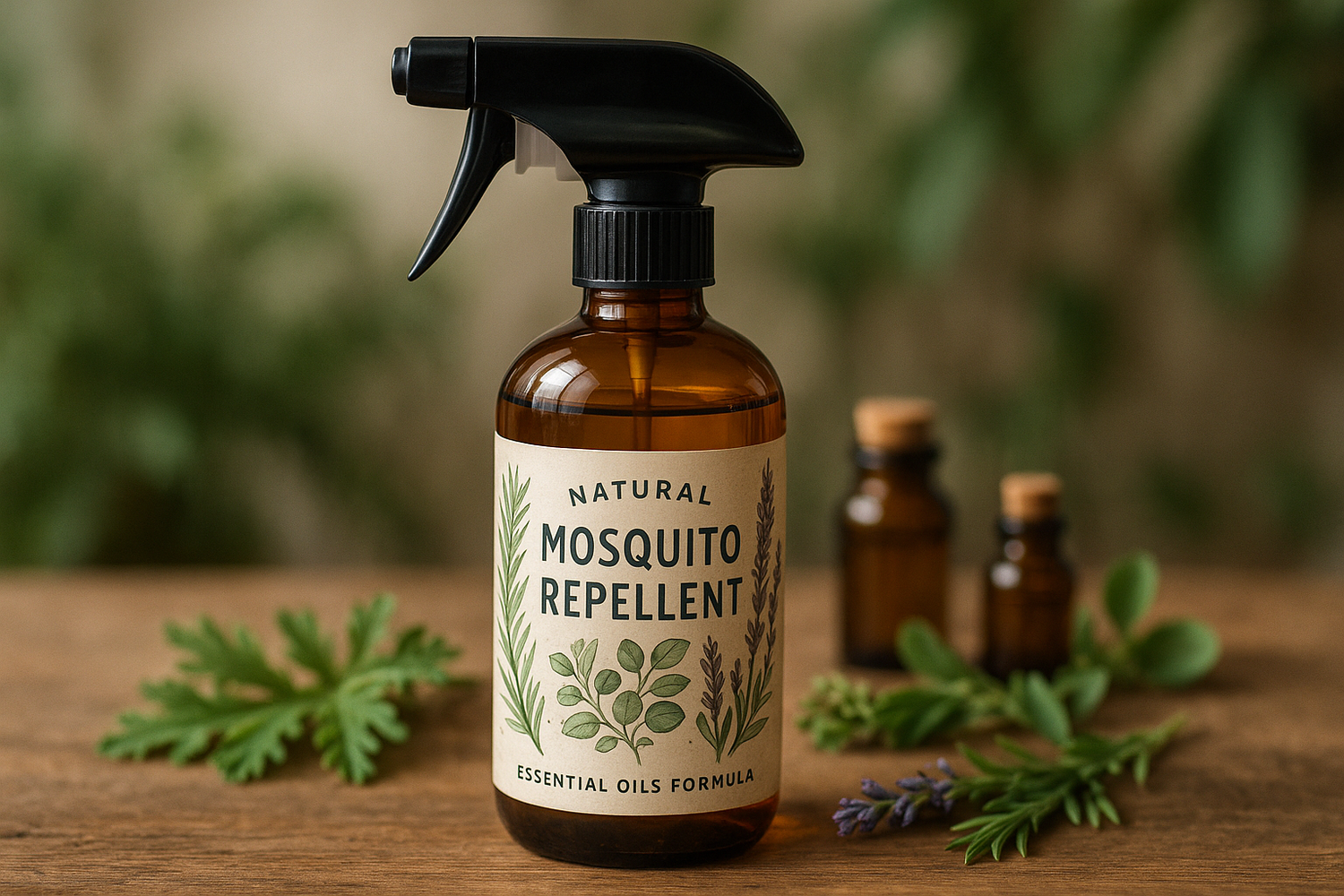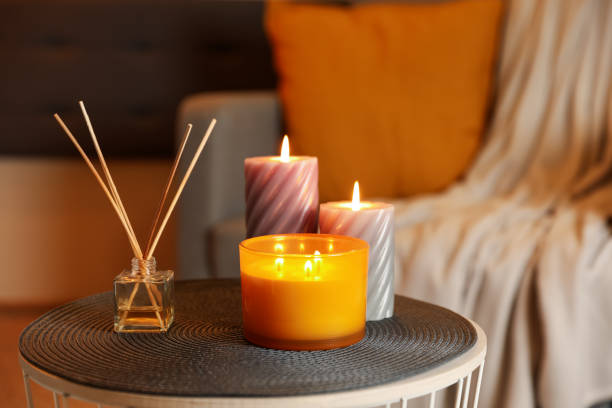We're hearing more and more about physical filter sunscreens and how they're better for our skin , especially for children and people with sensitive skin.
In this post we want to explain why we recommend them and why the options we have at Alma Eko are, in addition to being healthy , environmentally friendly .
PHYSICAL FILTER OR CHEMICAL FILTER
We want to explain the difference between physical filter protectors (also called screen protectors) and chemical filters , so you can decide which option is best for you.
- Physical filter sunscreens provide protective protection for our skin thanks to their mineral compounds . One of the components that allows this, and which is usually the most common, is zinc oxide . The skin doesn't absorb these types of creams; instead, they create a film that prevents the sun's rays from penetrating .
- Chemical sunscreens do penetrate the skin , and when we expose ourselves to the sun, a chemical reaction occurs in the epidermis that renders UV rays harmless. Their components, many of them synthetic, "force" our body to perform a function that, a priori, is not natural . This is why, in the most sensitive skin, they can cause irritation and allergies . Furthermore, these creams often contain parabens and silicones, elements considered by many experts to be potential toxins and endocrine disruptors , so they are not the best option for our health.
OTHER DIFFERENCES
When the first physical filter creams came out, they were quite thick, difficult to spread, and tended to leave a whitish residue on the skin. Over time, manufacturers have developed more fluid consistencies that spread better and leave no residue . Later, we'll talk about the options we have at Alma Eko and the differences in consistency.
With physical filter creams, you don't have to wait for your skin to absorb it before you can expose yourself to the sun . They offer protection from the moment you apply them. They're usually quite water-resistant, but you need to use a little common sense here. If you apply the cream in the morning and only take a quick dip during the day, there's no need to reapply it; however, if you take long dips or several throughout the day, it's a good idea to reapply it to avoid unnecessary risks.

HOW TO USE SUNSCREEN
Protecting our skin is important, but so is metabolizing vitamin D, and the sun is a great ally for this . What does this mean? We should sunbathe, but with caution.
In summer, using sunscreen is practically mandatory the moment you leave the house during the day. The rest of the year , we generally spend less time outdoors, the rays don't shine as directly, and we tend to be better protected by clothing. In this case, sunscreen may not be as necessary . However, due to premature skin aging, you may prefer to use sunscreen on your face.
As we mentioned, sunbathing helps us better metabolize vitamin D , which is essential for good health. It's essential for calcium absorption and, therefore, for healthy bones ; it's also a very important vitamin for immune and neurological health .
Therefore, exposing yourself to the sun for a few minutes a day is good for your health and revitalizes you . And, if conditions are right, we should do so without sunscreen , because otherwise, we won't benefit from the metabolism of vitamin D. No, we haven't gone crazy. We're not saying you should stop using sunscreen. We're saying it's not necessary, for example, in winter, when you're walking 10 minutes to work or if you're taking a short stroll at sunset.
If sun exposure is expected to be prolonged and/or during the middle of the day, then sunscreen is necessary. In summer, we must take special care because, even in short bursts, we can easily burn , depending on the time of day. That's why we say that, in summer, sunscreen is practically mandatory. We tend to expose ourselves more because we do more outdoor activities and wear less clothing. We are more likely to get sunburned.

SUSTAINABLE AND HEALTHY OPTIONS
At Alma Eko we have 4 different sunscreen options, all with physical filters and environmentally friendly packaging .
Plus, they're made with natural and biodegradable ingredients . So they're not only good for your skin, but they also don't harm river and ocean ecosystems .
Let's see what options we can offer you:
Available in two formats: a reusable and recyclable metal can with SPF 50 and 30 (the higher the level of protection, the thicker it is); and a stick in a recyclable cardboard container, a very convenient and unusual format, with SPF 50.
It has a more fluid consistency and is packaged in a metal bottle. Available in two varieties: regular and children's.
Facial protector, SPF 50, packaged in a can that provides a touch of color.
This is a fluid foundation that also has SPF 20. Available in 4 different shades.
We hope this post gives you an even clearer idea of how to protect yourself from the sun, and that if you haven't already, you'll opt for sunscreens made with natural ingredients that are good for your health and environmentally friendly.
If you want to learn more about summer skincare, we recommend reading this other blog post and watching this live stream where we discuss what your nighttime skincare routine should look like this time of year.







